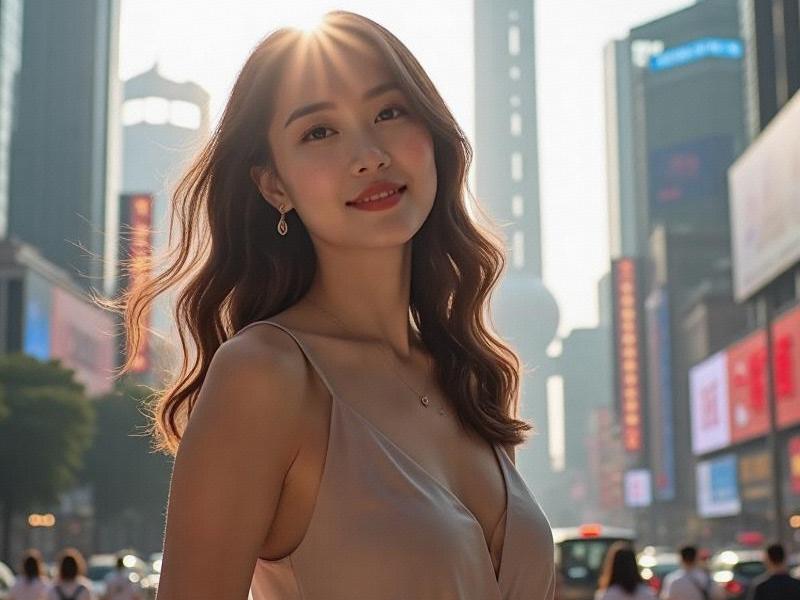An investigative report on how Shanghai's diverse female population is creating a distinctive East-meets-West aesthetic that challenges traditional beauty norms while setting national trends.

THE SHANGHAI STYLE MANIFESTO: DECODING THE CITY'S FASHION DNA
Section 1: The Runway of Everyday Life
- Street style analysis in 5 iconic neighborhoods:
Xintiandi's power dressing executives
Tianzifang's bohemian artists
Nanjing Road's luxury shoppers
University districts' Gen-Z trends
Traditional lane house residents' modern qipao adaptations
Section 2: Beauty as Self-Expression
上海龙凤419杨浦 • Skincare revolution: 72% prefer "glass skin" over heavy makeup
• Cosmetic surgery trends: subtle enhancements favored (35% increase in non-invasive procedures)
• Hair culture: Bold colors among young professionals (+210% since 2022)
• Fragrance preferences: Tea and osmanthus notes dominating sales
Section 3: Digital Queens
- Top Shanghai-based beauty influencers:
CosmoLuna (4.2M followers) - luxury skincare
CheongsamDiaries (2.8M) - traditional wear modernization
TechBabe (3.5M) - gadget-friendly makeup
上海贵族宝贝自荐419 GreenLady (1.9M) - sustainable fashion advocate
Section 4: Cultural Crossroads
✓ Western brands adapting to Shanghai tastes (e.g. Estée Lauder's "Shanghai Red" lipstick)
✓ Local designers gaining international recognition
✓ Vintage markets preserving fashion history
✓ Museum exhibitions on Shanghainese style evolution
Section 5: The Confidence Factor
- Survey findings from 1,000 local women:
上海娱乐联盟 89% believe fashion expresses personality
76% reject rigid beauty standards
63% view style as professional advantage
58% consciously mix Chinese/Western elements
Section 6: Industry Impact
• Shanghai Fashion Week's growing global influence
• Beauty tech startups targeting local preferences
• Modeling agencies diversifying talent representation
• Luxury brands creating Shanghai-exclusive collections
Conclusion: Shanghai women have crafted a distinctive aesthetic language that balances international trends with cultural authenticity. Their style choices reflect the city's unique position as China's most cosmopolitan yet locally-rooted metropolis, offering an alternative vision of modern Asian femininity that's both aspirational and accessible.